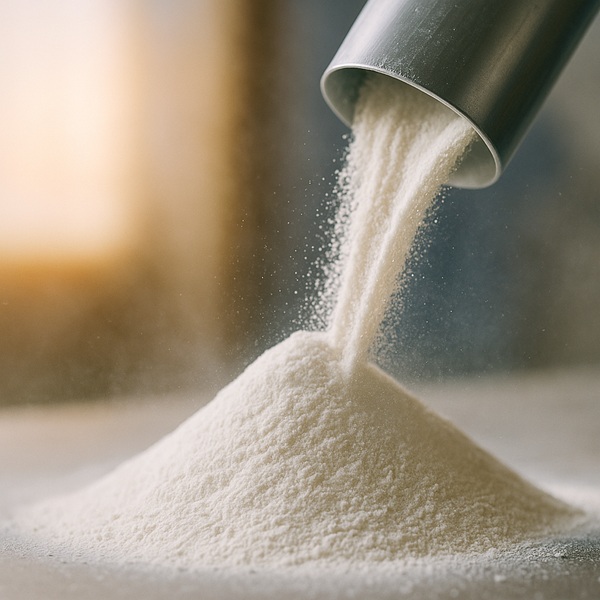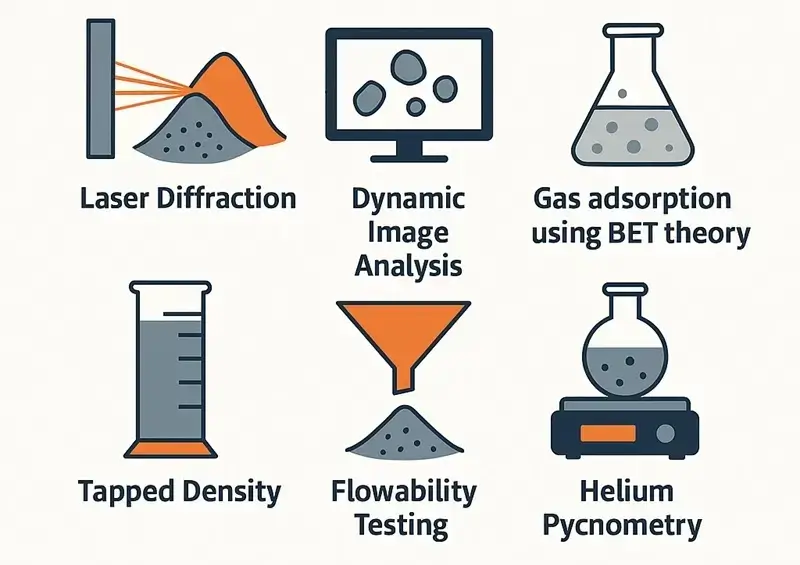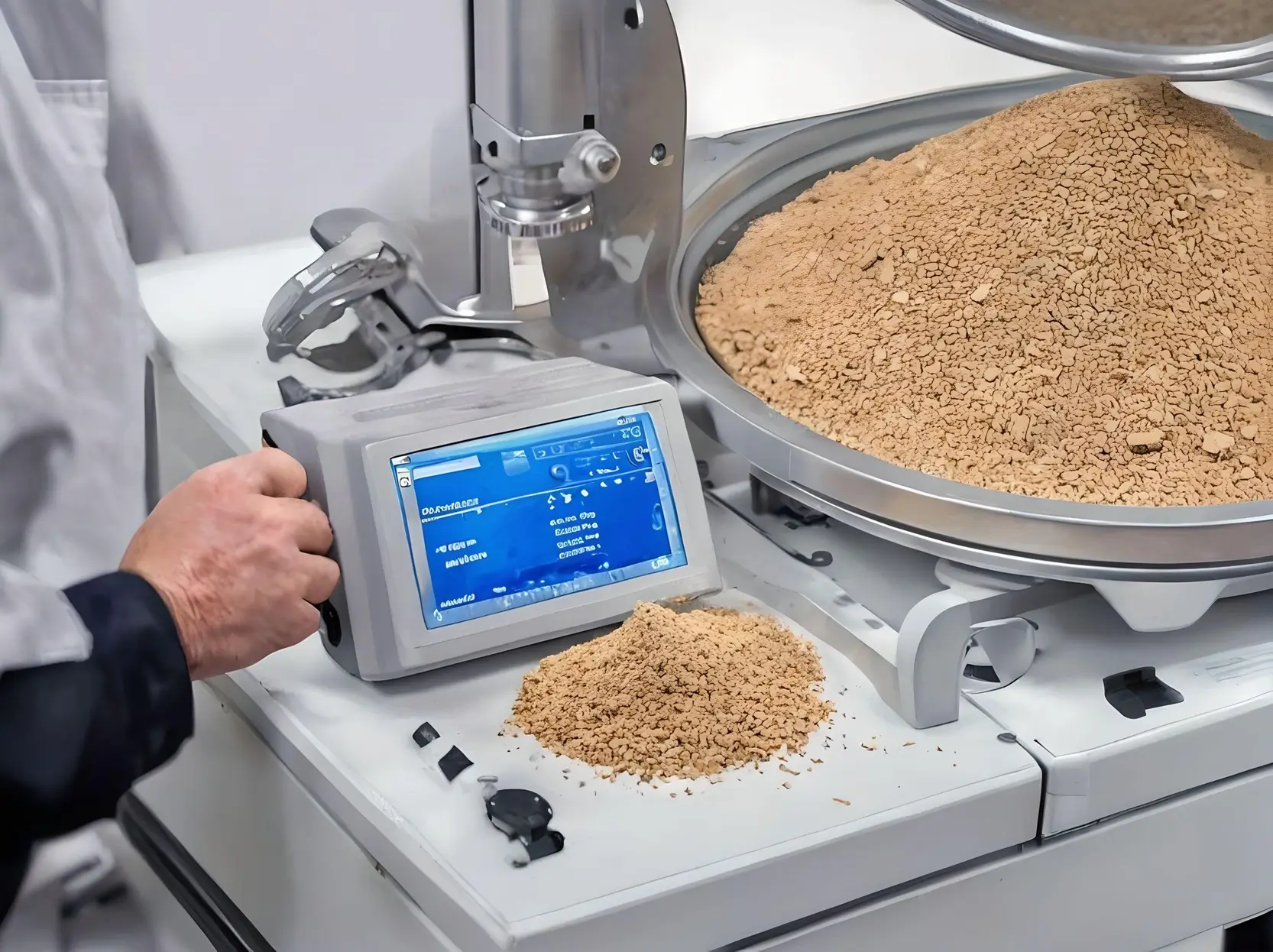Moisture Sensitivity
Moisture sensitivity refers to how materials react to exposure to humidity or water, affecting their stability, performance, and usability. This property is critical in industries like pharmaceuticals, food, and electronics, where excess moisture can lead to degradation, clumping, or reduced functionality.
On this page, explore the causes of moisture sensitivity, its effects, and strategies to mitigate risks, ensuring product quality and reliability.
Featured Moisture Sensitivity Articles
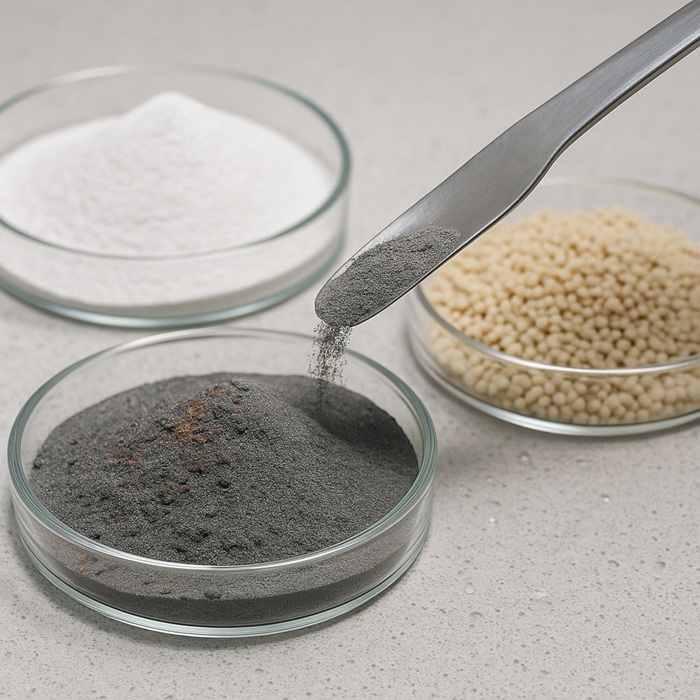
Powder Technologies Within Circular Systems
The relevance of powder testing for circular economy powder usage. Circular production changes powder behavior across cycles. Therefore, measure oxidation, moisture, morphology, and flow every loop. Set clear release criteria. Track energy and carbon per cycle to keep quality stable. Table of contents The circular [...]

Moisture as a Formulation Risk: Beyond Standard Hygroscopicity Testing
Moisture risk in powder formulations extends beyond mass uptake. Water reshapes surfaces, phases, and reactions. You need advanced characterization and smarter design to stay stable. Moisture risk in powder formulations Moisture risk in powder formulations is often treated as a checklist item. Teams log RH limits, then [...]
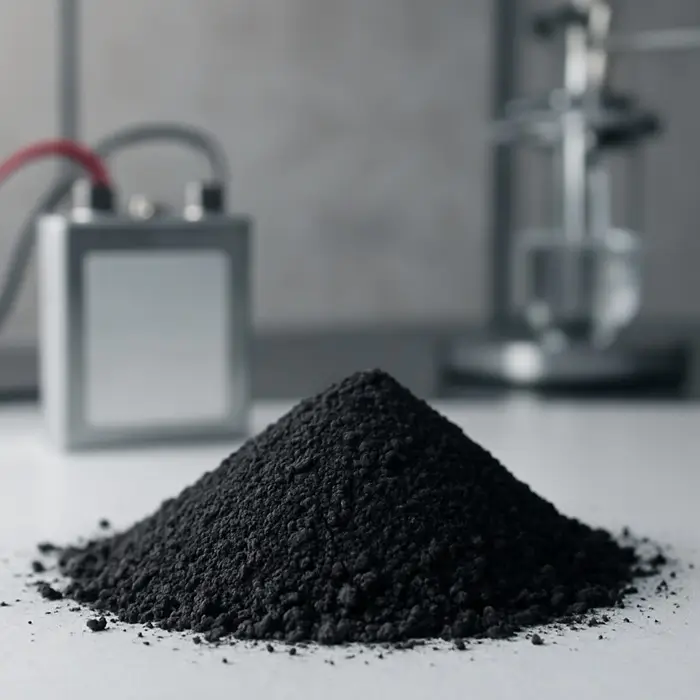
Hard Carbon in Sodium-Ion Batteries: Moisture Control, Powder QA, and Line Readiness
Hard carbon sodium-ion batteries are a match made in heaven. When moisture stays low and surface area remains controlled. A disciplined dry-room setup, paired with tight powder QA, improves Coulombic efficiency and shortens formation cycles. It all starts with the powder. Table of contents Sodium-ion [...]
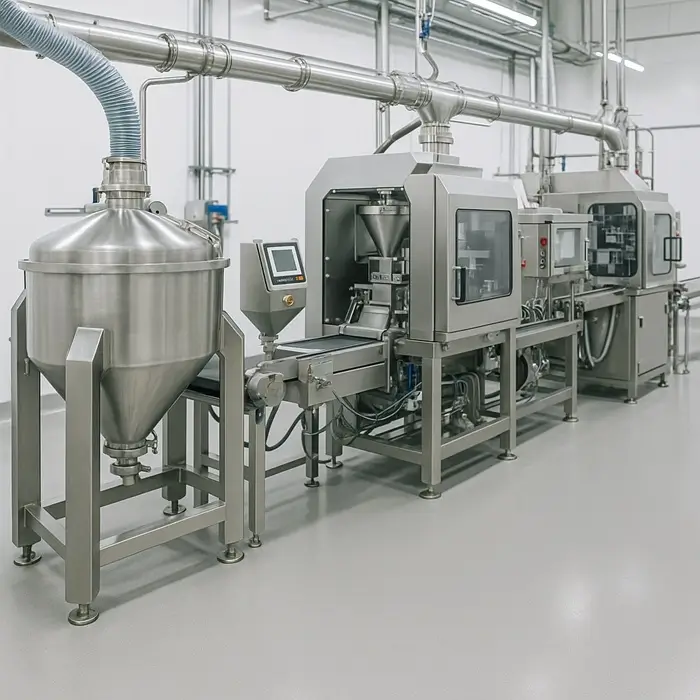
Dry Electrode Battery Manufacturing: Powder Rules for Modern Factories
Dry electrode battery manufacturing demands tighter powder control. Flow, moisture, and morphology define stability, yield, and cost. Table of contents Dry electrode battery manufacturing is no longer a niche R&D ambition. Instead, it is rapidly moving into large-scale production. The attraction is clear: lower costs, [...]

Handling Functional Powders: Five Risks and How to Control Them
Modern batteries, 5 G antennas, and solid‑state ceramics start with functional powders. These powders are finely engineered particles valued for precise chemistry and microstructure. They are ultra‑fine, highly reactive, and costly compared with ordinary bulk powders. Mishandling can erase performance or create serious hazards. This article unpacks five common risks in functional powder handling. It [...]
News And Articles In Your Inbox
Sign up and receive PowderTechnology.info news, articles, and content from our partners in a quick and easy monthly newsletter.
More Moisture Sensitivity Articles
- Published On: 27 September 2025
- Published On: 13 September 2025
- Published On: 23 August 2025
- Published On: 9 August 2025
- Published On: 15 June 2025
- Published On: 24 May 2025
- Published On: 5 April 2025
- Published On: 29 March 2025
- Published On: 4 August 2024

